Renovating a character home in NZ? Here’s what every homeowner should know
Written by
28 April 2025
•
5 min read
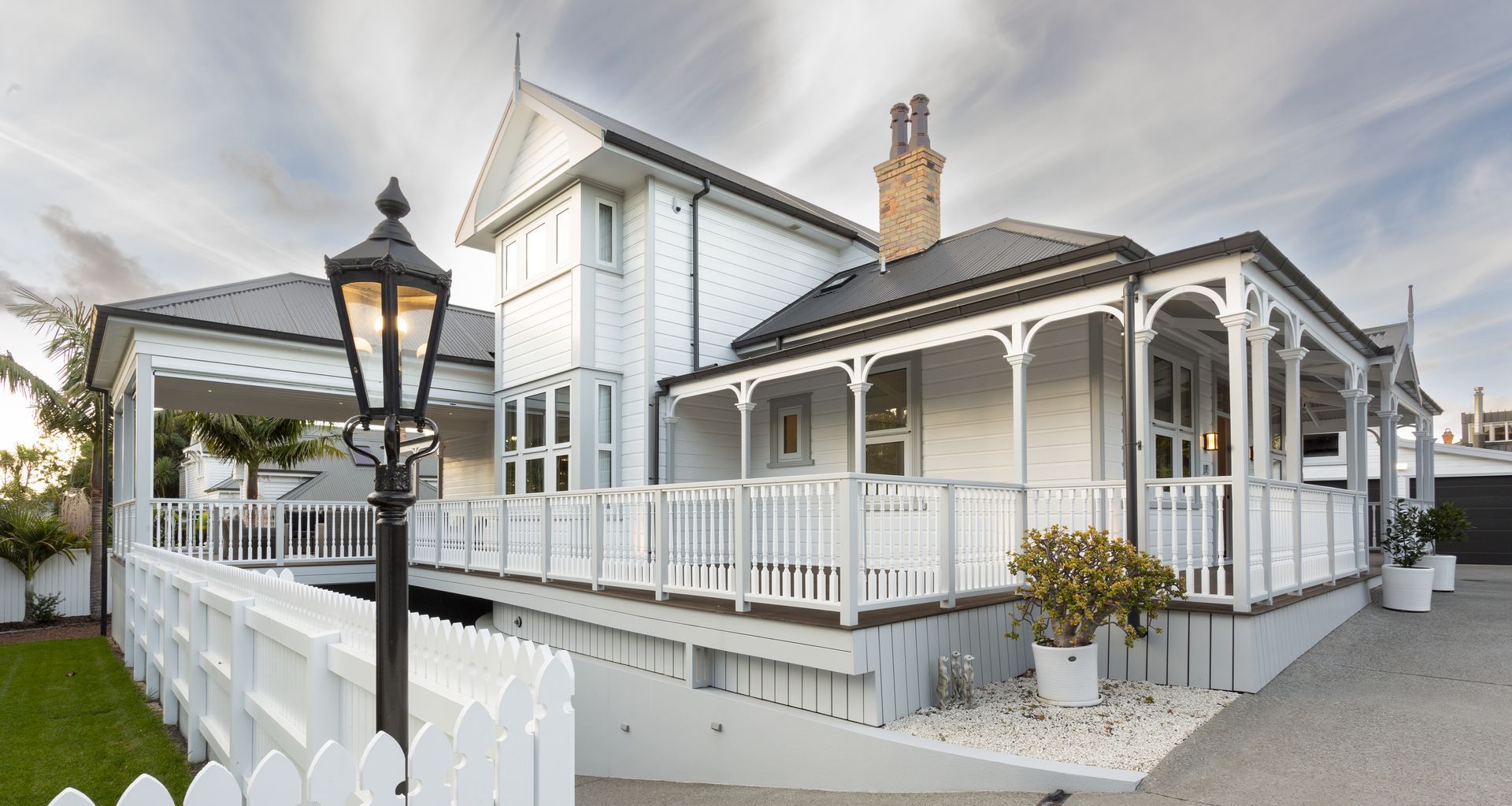
There’s something undeniably special about New Zealand’s character homes. Villas, bungalows, and heritage dwellings carry not just the warmth of native timber, but also the craftsmanship of a bygone era. Renovating these homes—while deeply rewarding—requires a considered approach. From navigating heritage overlays to preserving original detailing, the path to a successful renovation isn’t always linear.
Todd Wickenden of Broswick Builders knows this all too well. With decades of experience restoring character homes across Aotearoa, his advice for homeowners is clear: “Pick the right team and don’t scrimp on making sure that the character is maintained as it is timeless and can never be brought back.”
Why character homes require a different approach
Character home renovations differ markedly from modern builds or standard do-ups. While a newer home might benefit from off-the-shelf solutions, heritage homes require custom craftsmanship.
“The intricate details mean items often can't just be purchased off the shelf,” explains Wickenden. “They require more craftsmanship from the builders involved.”
This level of care touches everything—from reworking original skirting boards to matching scotia profiles or handcrafting timber window frames. The goal? To honour the home’s legacy while subtly modernising it for today’s lifestyle.
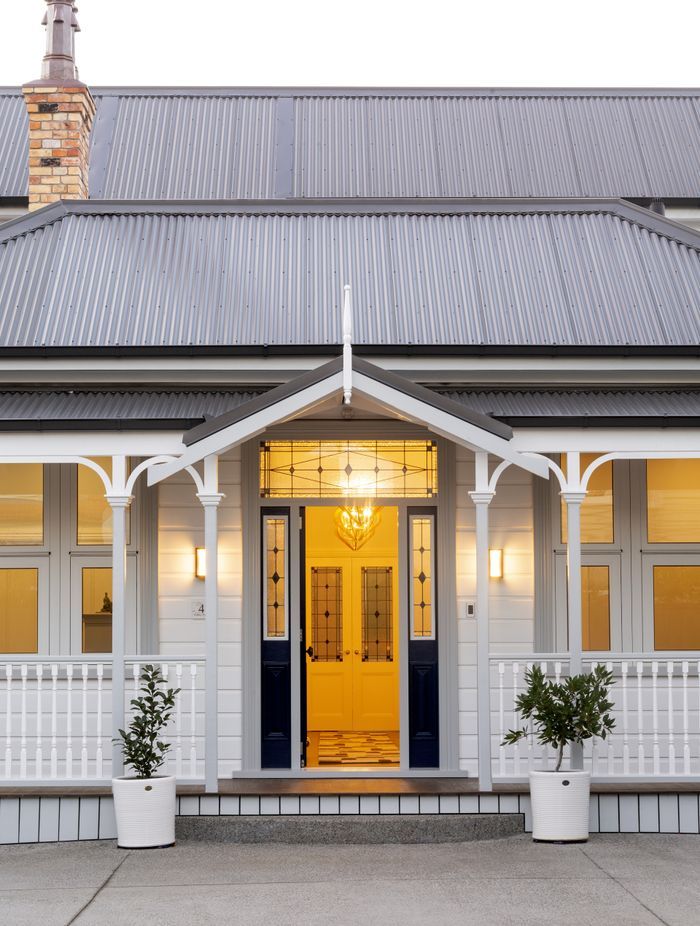
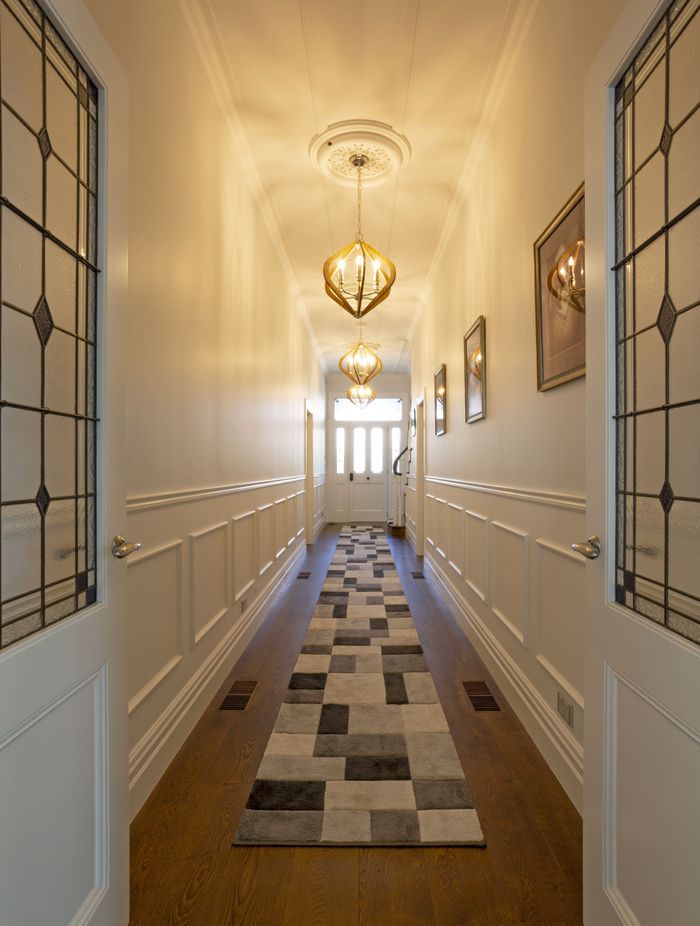
The heritage layer: navigating council restrictions
One of the most critical—and often overlooked—aspects of renovating a character home in NZ is understanding the local council’s heritage protections. Homeowners often assume they can make sweeping changes, only to hit red tape mid-project.
“Chimneys are always something they are very particular about—maintaining the look, size, materials,” says Wickenden. “Height-to-boundary restrictions and the front façade are also major considerations.”
This is where the right team becomes crucial. Wickenden advises engaging a planner early to work alongside your architect—especially when your home is listed or located in a special character zone. Heritage overlays can dictate what you can and can’t do, particularly with street-facing elements.
Where to begin: assembling the right team
When embarking on a renovation of this scale, your first step shouldn’t be drawing up plans—it should be research. According to Wickenden, “Research on builders and architects that are experienced in character homes” is essential.
Mistakes here can be costly. “Choosing an architect or designer who is not experienced in character homes” is, in his experience, one of the most common missteps. An experienced team will know how to weave modern comforts into traditional architecture, without compromising the home’s soul.
You’ll also want to involve a good timber joiner, especially when restoring or replicating original features. And for homes under heritage control, a planner is non-negotiable.
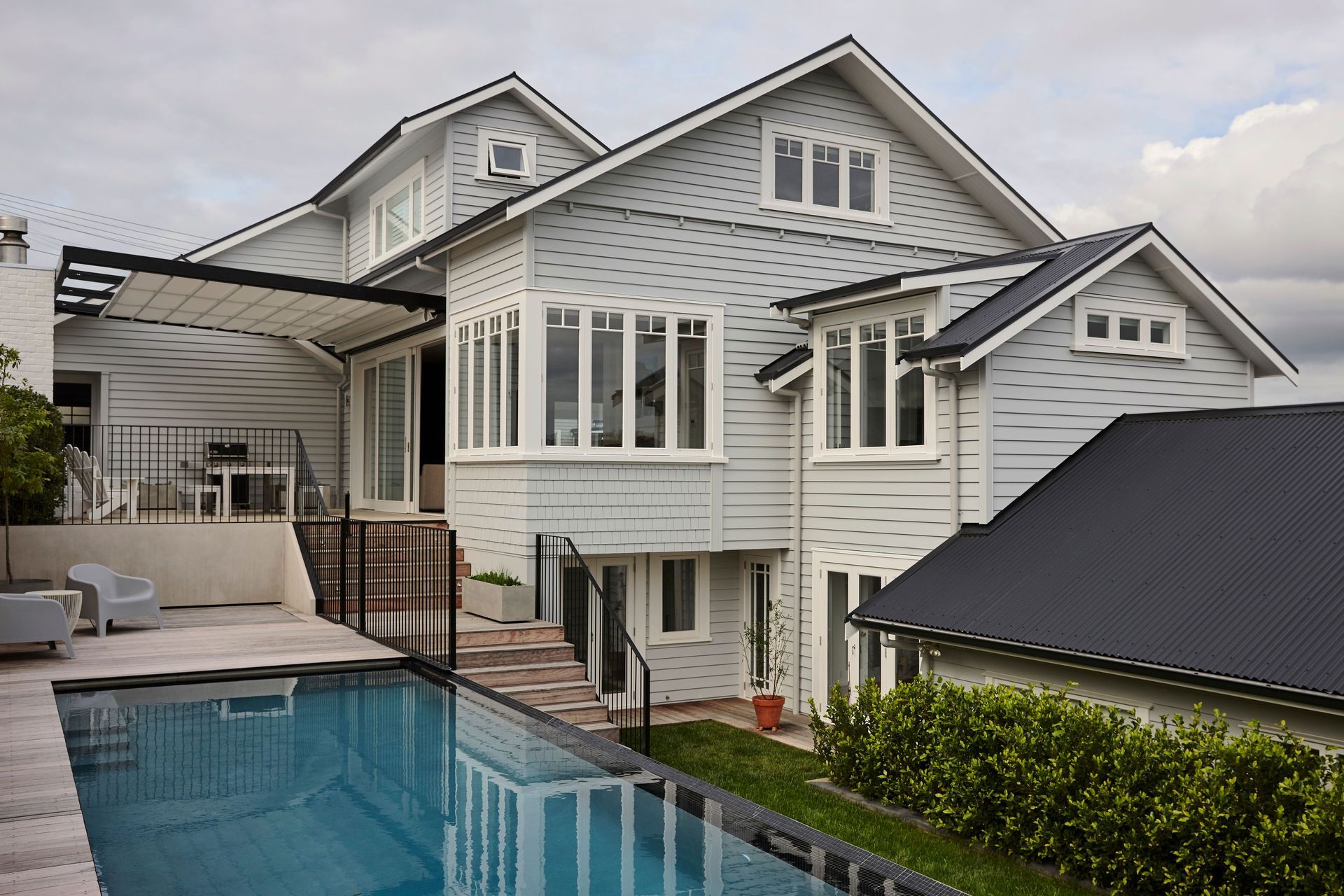
What surprises lie beneath
Even when a villa looks picture-perfect above ground, structural realities often tell another story. “Typically the foundations and piling are not up to current code, so often need a lot of work,” says Wickenden. “Also, windows need double glazing and older homes often have no insulation at all.”
Foundations, in particular, are a recurring theme. It’s not unusual to discover piles that are deteriorating—or worse, sitting directly on the ground. Wickenden also notes that “walls being out of plumb” is another surprise that crops up frequently.
These hidden issues highlight the need for thorough site investigations and flexible budgets. While it’s tempting to focus on aesthetics, the structural integrity of these homes often demands upfront attention—and investment.
Preserving charm while modernising
A common question during character home renovations is: what to keep and what to replace?
“Native flooring, if it is in good condition, is always lovely to keep,” says Wickenden. He also suggests reusing native timbers salvaged during demolition—these elements tie the home’s history into its next chapter.
As for the interiors, a thoughtful balance is key. “Try to keep detailing in the skirting, architraves, panelling, scotia, and ceiling details,” he advises. These traditional features can sit beautifully alongside more modern kitchen designs or updated colour palettes, creating a layered, timeless aesthetic.
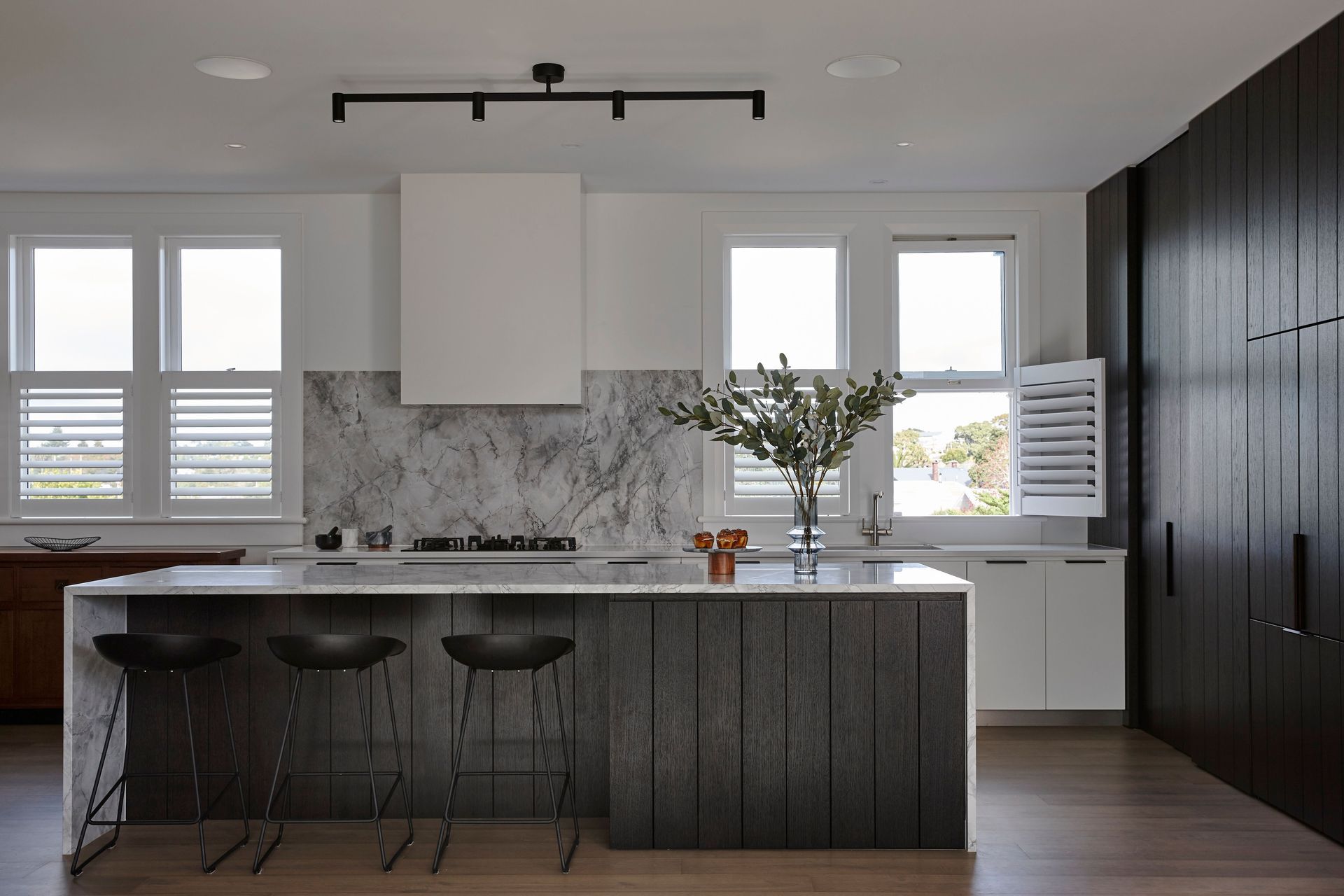
Budgeting for a character renovation
There’s no one-size-fits-all figure for these projects. Wickenden is pragmatic: “You can't put a number on that as it depends on size and scope.” However, what you can do is plan for contingencies—especially when it comes to foundations, joinery, and bespoke craftsmanship.
In many ways, renovating a character home is less about cost per square metre and more about value: of time, tradition, and materials that simply can’t be replicated.
Legacy over trends
For Wickenden, the most successful renovations are those that celebrate the home’s past while preparing it for the future. His message is simple: “Don’t scrimp on making sure that the character is maintained as it can never be brought back!”
With the right team—builders and architects who understand the challenges, and planners who know the local rules—a character home renovation in New Zealand can be transformative. Not just for the house, but for those lucky enough to call it home.
Explore stunning character home renovations by Broswick Builders